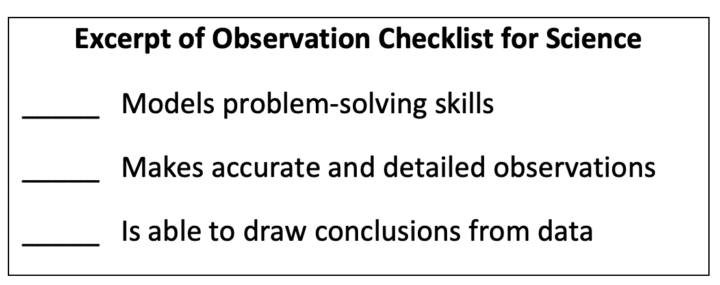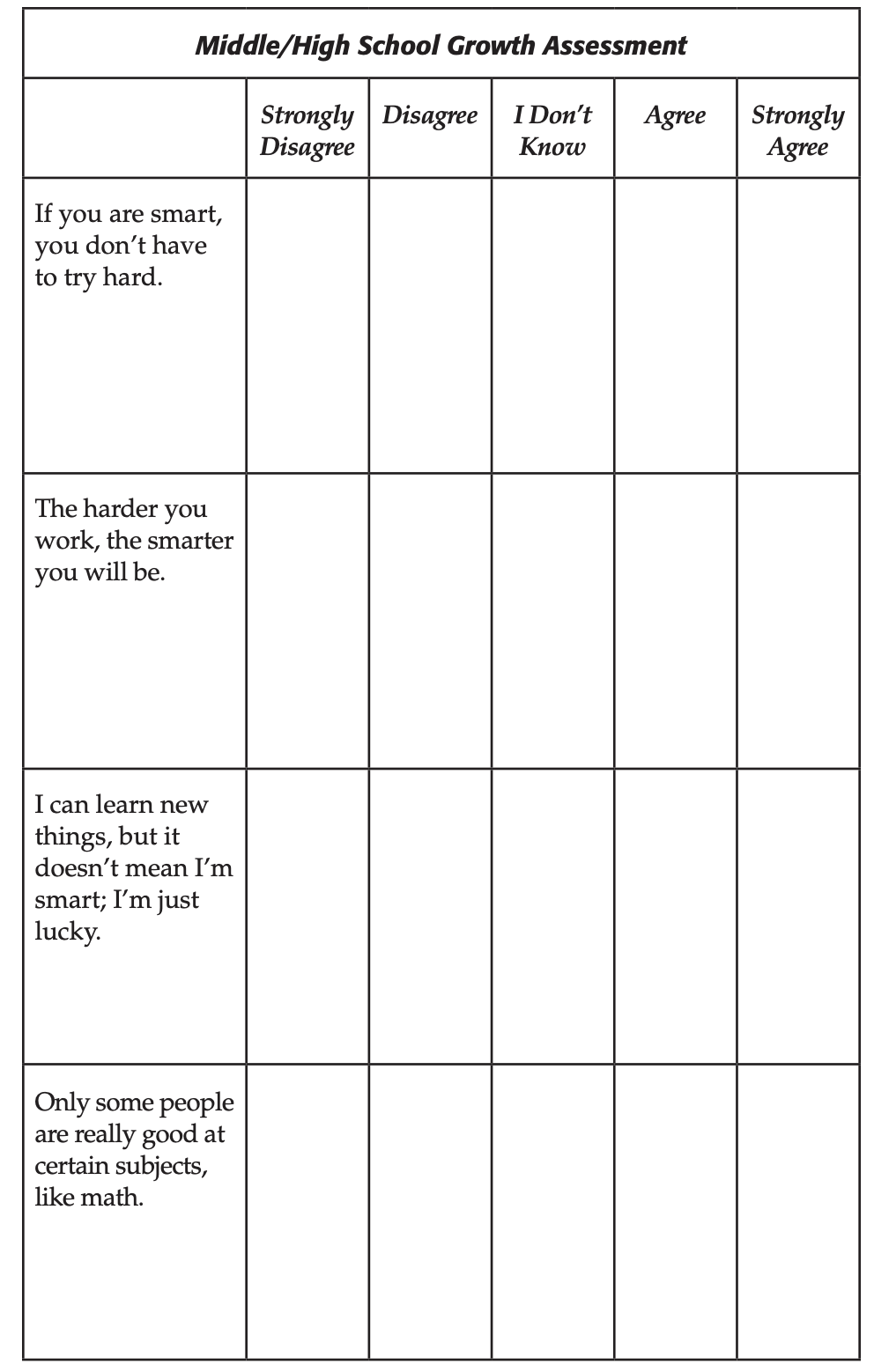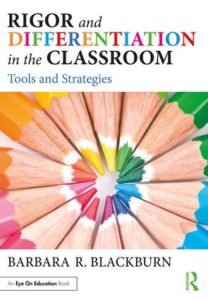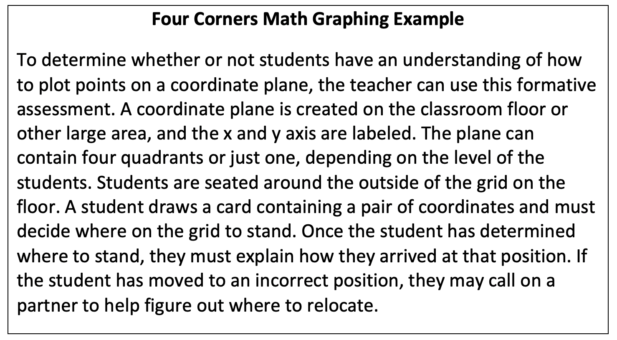Learning Portraits Help Differentiate Teaching
By Barbara R. Blackburn
Recently I saw two pictures. The first was a profile of a teenager. Although it was a nice picture, I didn’t have a full view of the girl.
Just beside it was a picture of the same girl; this time she was facing the camera. I could see all her face, and it gave me a better representation of who she was. I realized that portraits are far more helpful than profiles in terms of understanding who someone is.
In order to differentiate rigorous instruction, you need to have a portrait of each student. How can you know what and how to adjust instruction if you don’t have a complete picture of each of your students?
In order to create a portrait to help you fully understand all aspects of each student, you’ll want to use a mix of formal and informal strategies to gather detailed information related to a variety of areas.
To have the best picture of students, you want to know about their readiness, ability, current understanding of content, culture, social-emotional learning, and growth mindset. Let’s look at strategies for three of these: content, culture, and growth mindset.
Current Understanding of Content
Observations are an excellent tool for ongoing assessment of students’ content knowledge. Observations can be planned, or they can be spontaneous. In an observation you simply observe what students are doing and take notes for documentation.
You may choose to observe for particular instructional behaviors, or you may simply observe to see what happens from a general standpoint. Checklists, which provide a quick way for you to make notes about your observations, can be simple yes/no tallies, or they can be open-ended for teachers to add notes.

You can also do Forced Choice, where students have to make a choice as to whether they agree or disagree with a position or statement. Have students move to one side of the room or the other. Then, have each group discuss their choice and their justification for the choice. You can tailor movement to your specific needs.
Digging Deeper into Culture
Culture is an important part of building a portrait of your students. One of the biggest misconceptions about addressing students’ cultural needs is thinking that mentioning a student’s culture, such as reading about a famous Hispanic figure, is enough. Being responsive to students’ cultures encompasses many areas, from your own beliefs to understanding and responding to your students.
For example, a common cultural tradition that cuts across many racial groups such as African American, Latino, Southeast Asian, and Pacific Islander communities is the use of oral language. Oftentimes, storytelling is a critical part of how the cultures learn.
They use memory strategies to make learning stick, like connecting what needs to be remembered to a rhythm or music, which is why using raps to teach vocabulary is important. If we understand this, we can use that information to help all students learn.
A creative way to learn about all your students is through the use of Culture Boxes. At the beginning of the year, ask your students to put 7–10 items that represent different aspects of who they are into a shoebox. Or you can do this activity digitally.
As Dr. Charlesetta Dawson explains:
These objects reflect their family heritage, origins, ethnicity, language, religion, hobbies, and likes (foods, music, literature, movies, sports, etc.). The outsides of the boxes are decorated with pictures, symbols, and words/phrases to further explain who they are. Then the students share their culture boxes with the class.
Every semester, my students always say that creating a culture box was their favorite activity because they got to be creative, share previously unknown information about themselves with their peers and teacher, and develop a better understanding of the similarities that we all have in common. The sharing might take more than one class period, but the time spent is well worth it!
Growth Mindset
Growth mindset is a critical part of student learning. If a student believes he or she can learn and grow, they are more likely to put forth effort toward learning. On the other hand, if they have a fixed mindset, believing they are stuck where they are, and students often give up before trying.
Assessing your students’ growth mindsets can help you understand how to best maximize your efforts to help them learn. This tool can help:

A Final Note about Portraits
Building a portrait of each of your students is critical to differentiated instruction because this information drives your decisions about what and how to differentiate. Build a complete portrait at the beginning of the year and update it several times throughout the year so it continues to be a useful tool.





































